There are six to seven species of tiger loaches (Syncrossus), their identification is sometimes tricky and occasionally difficult even for specialists: S. beauforti (Southeast Asia from the northern Malay Peninsula to China (Yunnan) and Vietnam), S. berdmorei (Burma and India), S. formosus (controversial form, possibly synonymous with S. lucasbahi, lower Mekong: Thailand, Laos, Cambodia and southern Vietnam), S. helodes (Southeast Asia from the northern Malay Peninsula to Laos and southern Vietnam), S. hymenopysa (Indonesian islands and Malay Peninsula), S. lucasbahi (Southeast Asia: Thailand, Laos and China) and finally S. reversus (high altitudes of Sumatra, Borneo and Java). Identification is difficult because the species differences are essentially based on differences in coloration. However, the coloration is variable within species and also changes during growth.
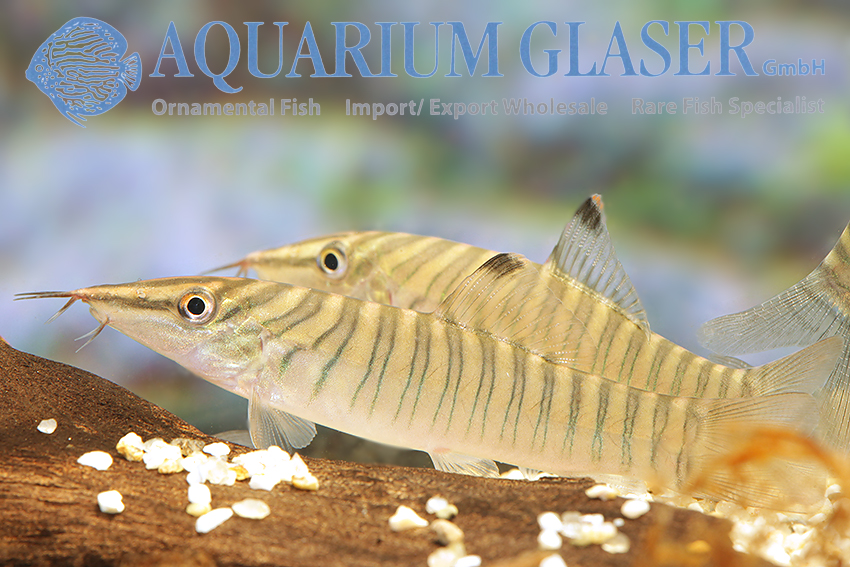
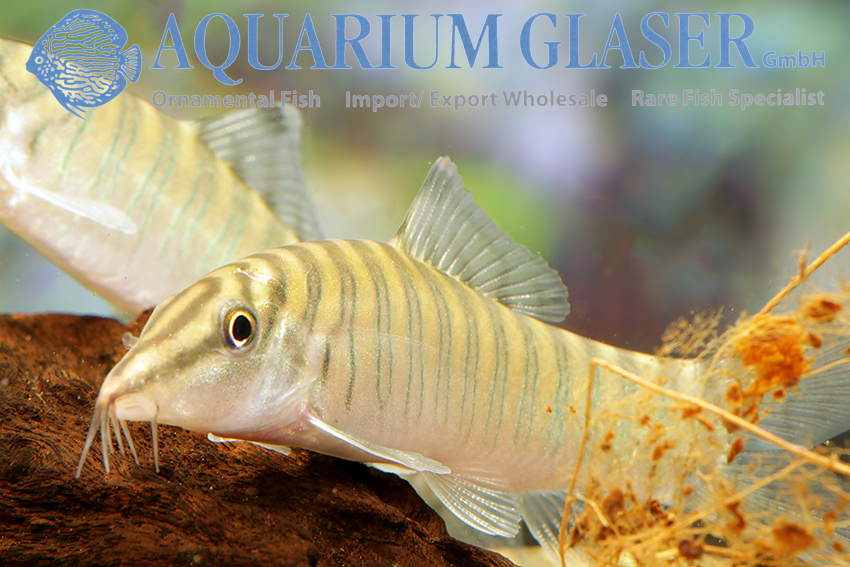
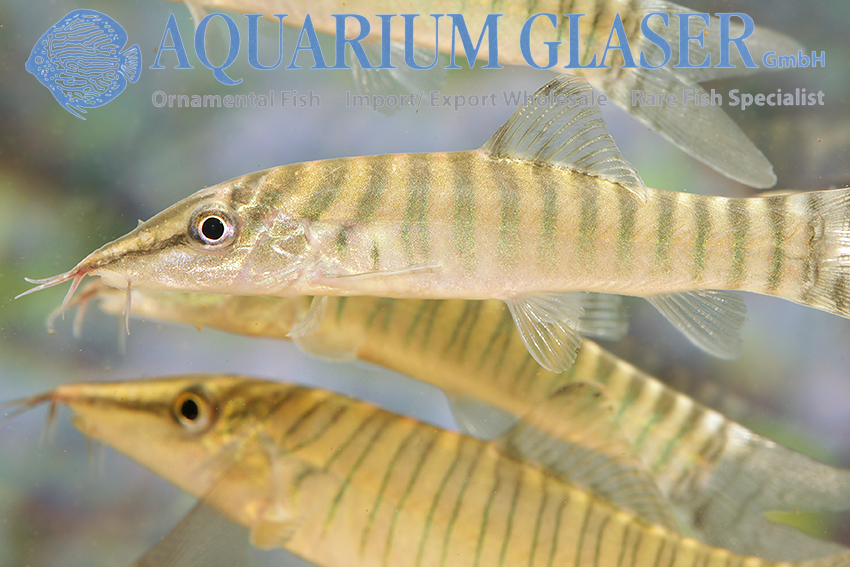
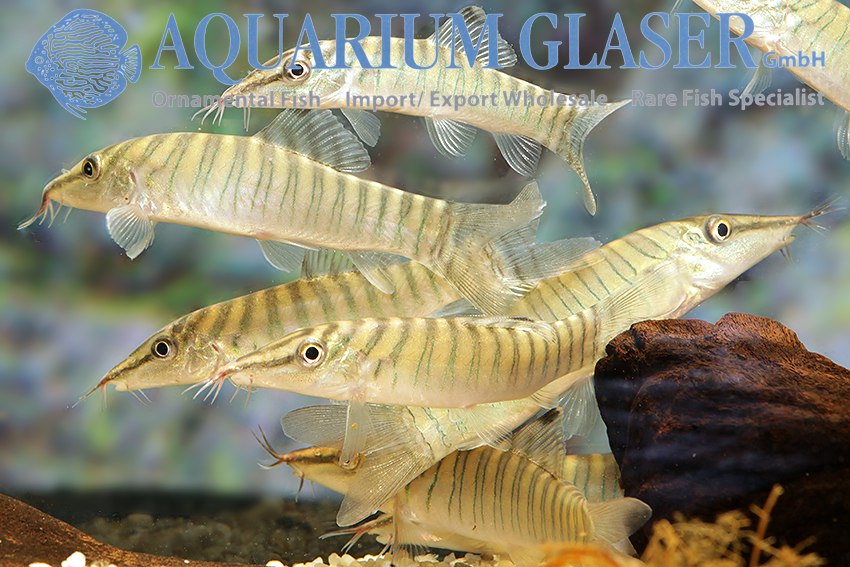
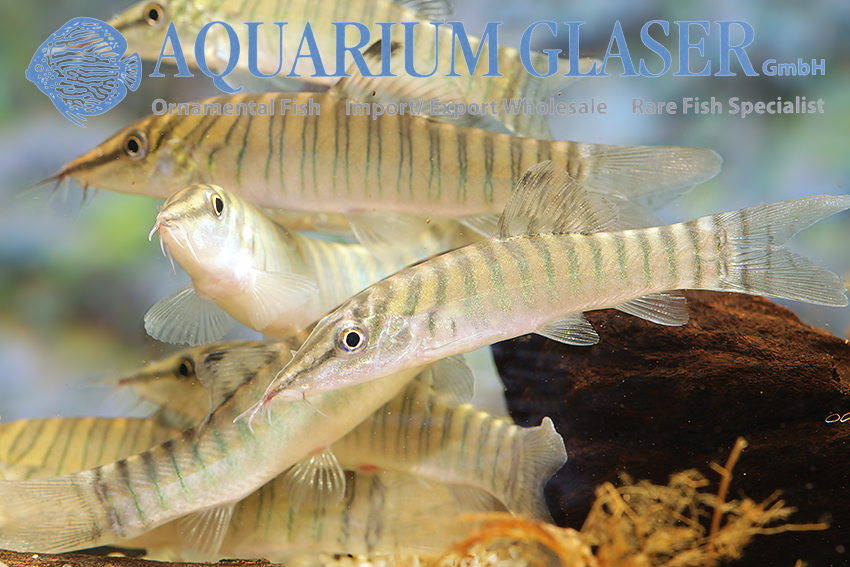
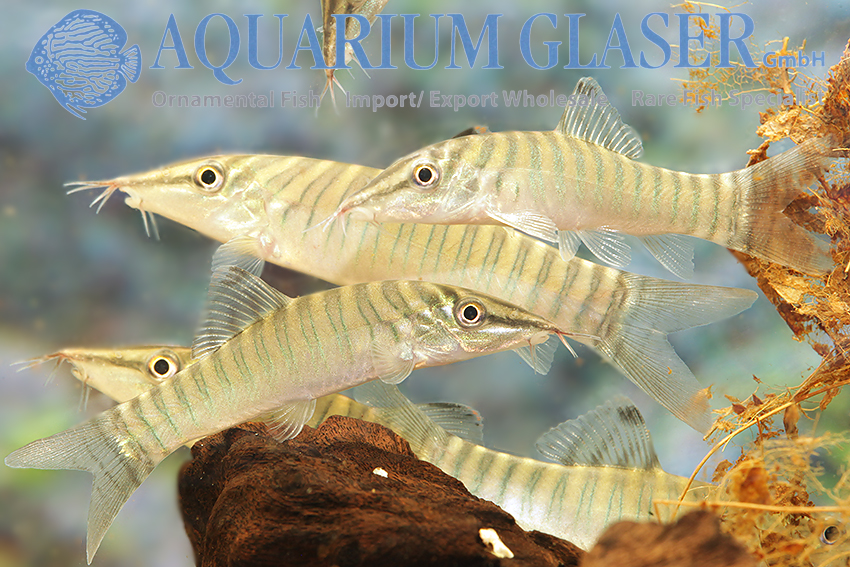
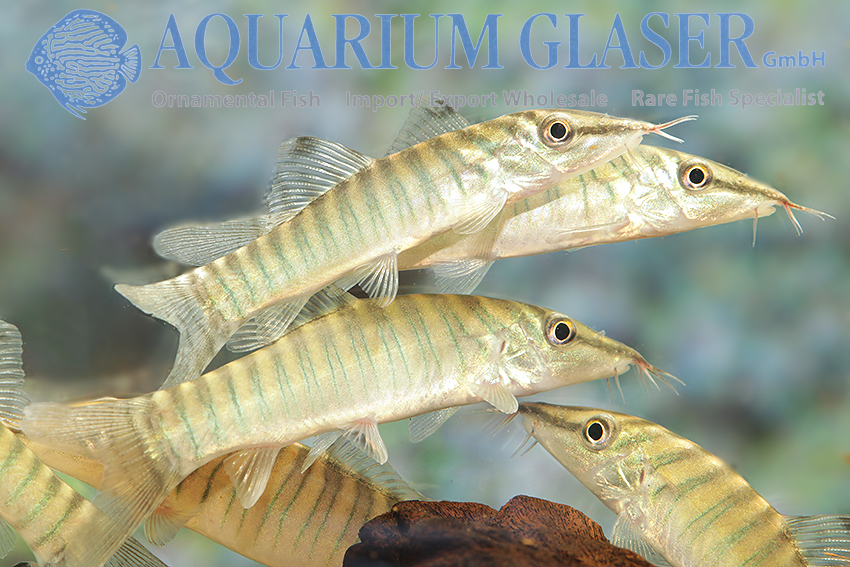

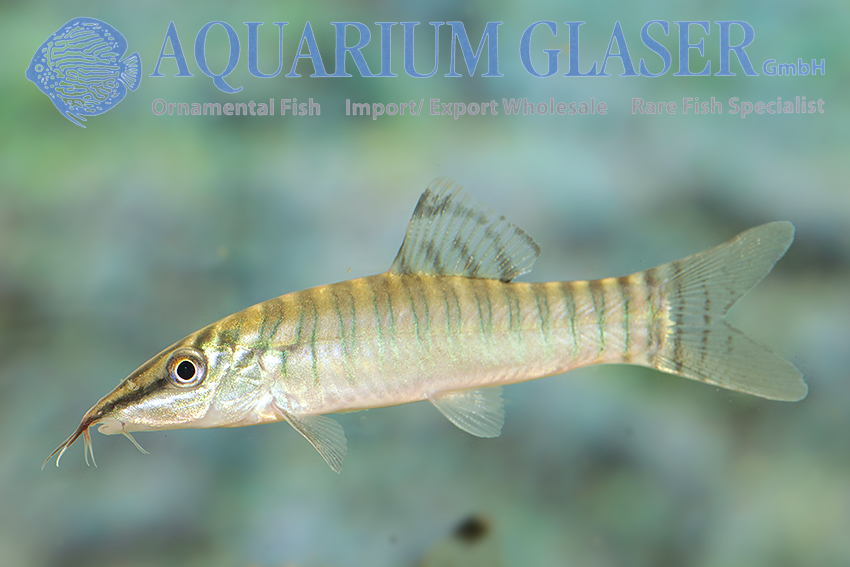
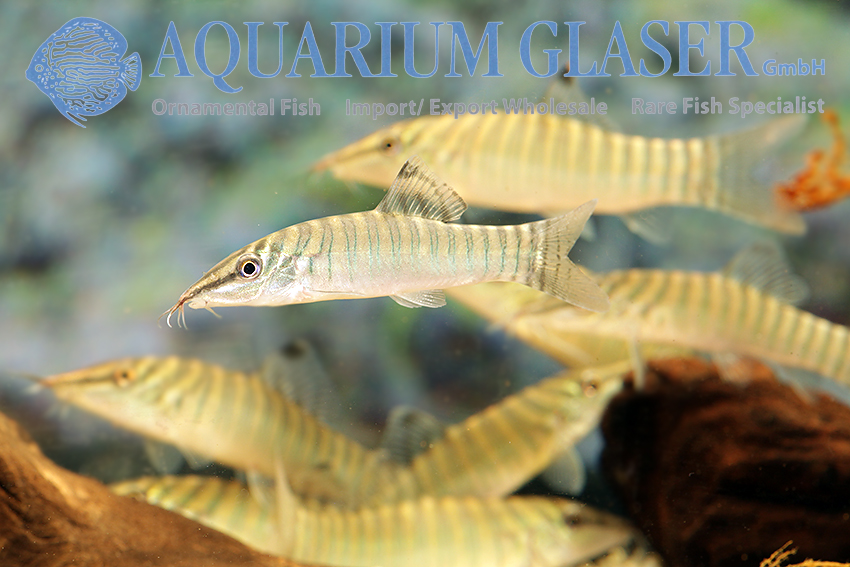
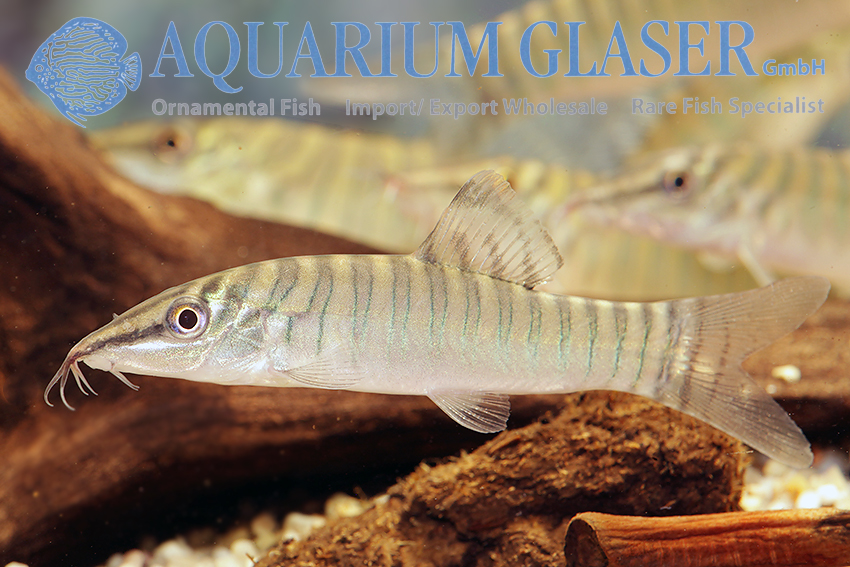
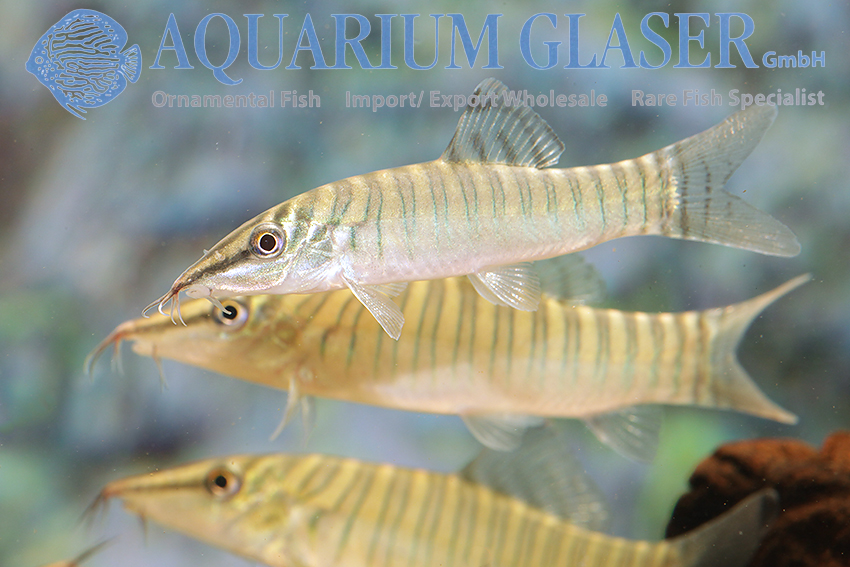
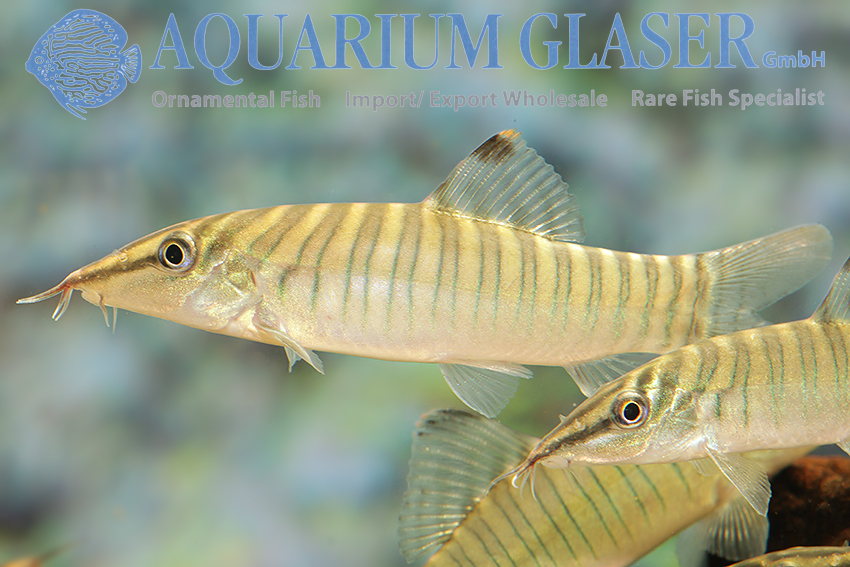
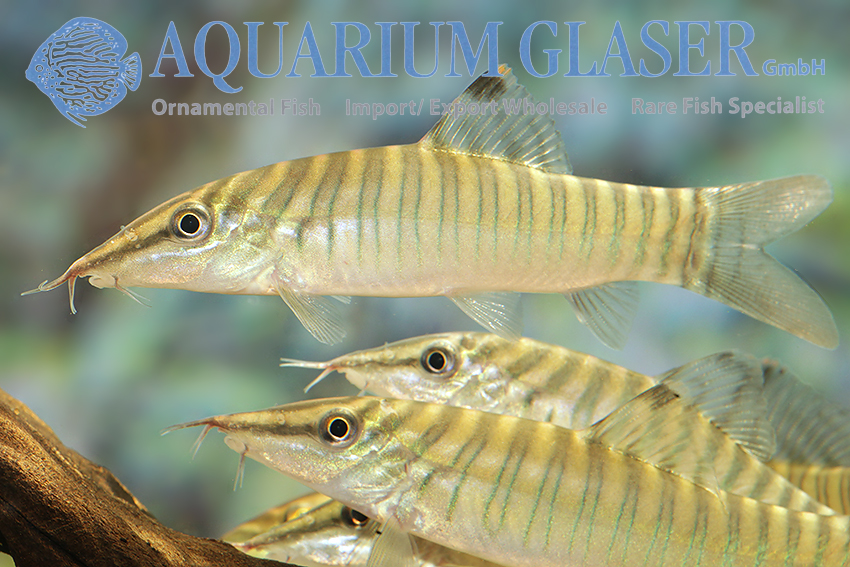
In the case of Syncrossus hymenophysa, however, the matter is pleasingly simple, because our animals come from Indonesia and there are only S. hymenophysa and S. reversus. The latter has probably never been (recognized) imported alive. It is very similar to S. hymenophysa, but lacks the distinctive black spot in the dorsal fin that is characteristic of S. hymenophysa. But beware: stressed S. hymenophysa fade very much; then neither the vertical tiger stripes nor the dorsal fin spot are clearly recognizable.
The care of all tiger loaches is similar, perhaps apart from temperature requirements. Here S. berdmorei and S. reversus probably like it a little cooler (18-22°C), the other species should be kept at the usual temperatures of 20-30°C for tropical fish. None of the species should be kept at exactly the same temperature year in, year out; a certain seasonal rhythm (cooler at times, warmer at times, for several weeks at a time) is favorable. Unfortunately, tiger loaches are sometimes quarrelsome. They then chase other fish and conspecifics around the tank, usually without injuring them. But the stress can damage sensitive species. Sometimes (like our S. hymenophysa currently in stock), however, they are lamblike and love to cuddle in the company of their own kind, as you can see in the pictures. Unfortunately, it is not possible to make any general statements about the social behavior of these animals.
All tiger loaches grow to over 15 cm long and are very long-lived animals. They eat whatever they can find, preferably frozen and live food of all kinds, but also flake and granulated food. The water composition is completely unimportant, any drinking water is suitable for keeping them. Tiger loaches are diurnal animals. For larger community aquariums with a Southeast Asian character, a troop of tiger loaches (they should never be kept individually, but in groups of at least 5-6, preferably more specimens) is a wonderful enrichment.
For our customers: the animals have code 401003 on our stock list. Please note that we only supply the wholesale trade.
Text & photos: Frank Schäfer




